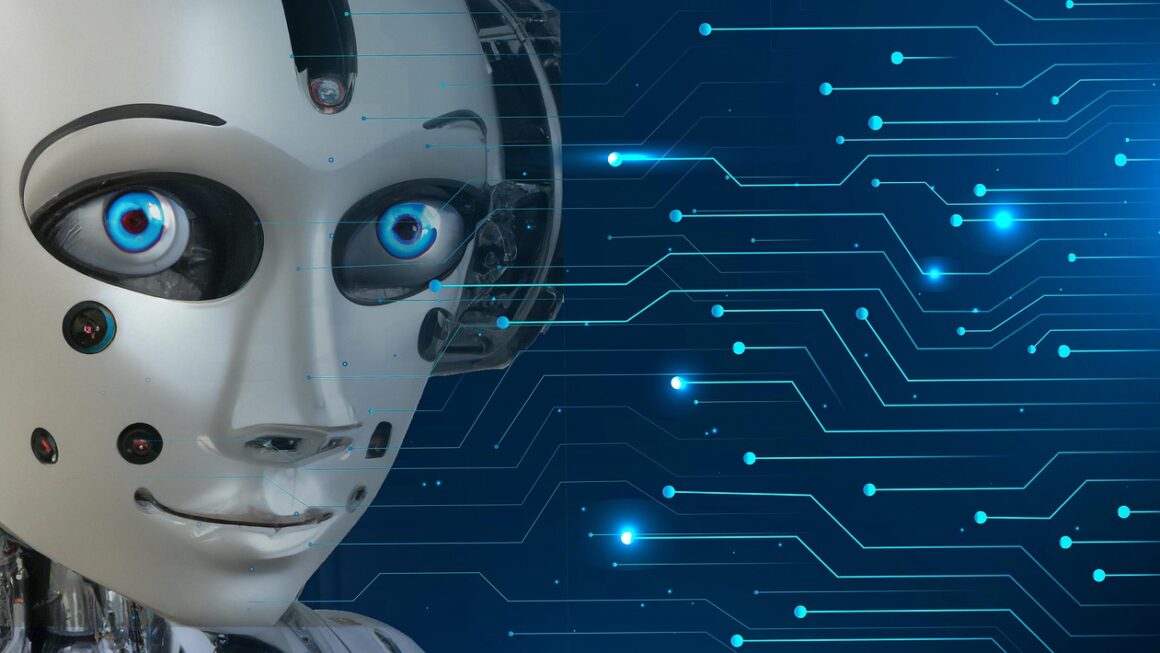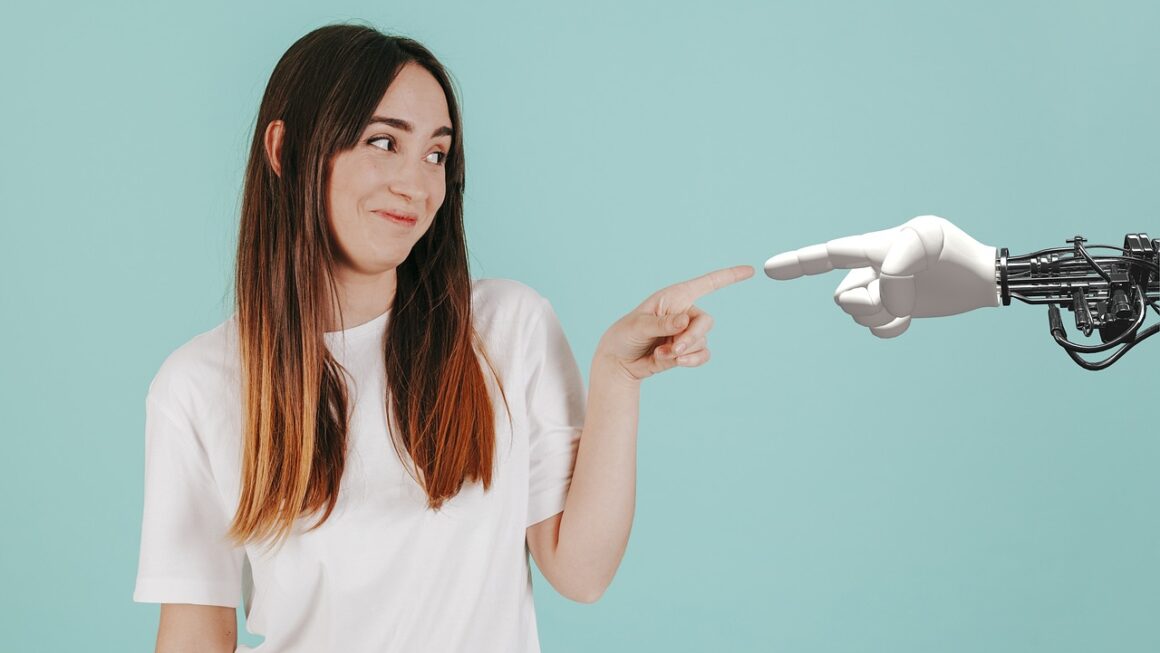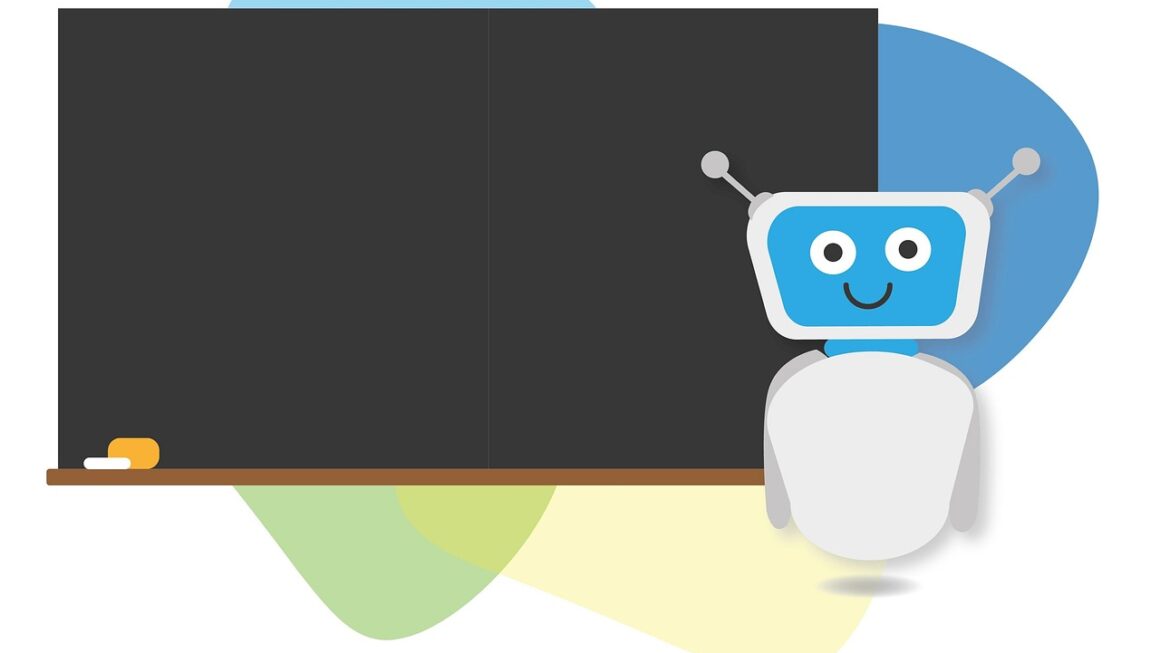The intersection of artificial intelligence (AI) and creativity, once a futuristic fantasy, is now a vibrant reality. AI is no longer just a tool for automation and data analysis; it’s a powerful partner for artists, designers, writers, and musicians, sparking innovation and pushing the boundaries of what’s creatively possible. This article explores the multifaceted role of AI in creativity, examining its applications, benefits, challenges, and the exciting future it promises.
AI as a Creative Tool: Expanding Artistic Horizons
AI is rapidly evolving from a simple instrument into a sophisticated co-creator, offering unique capabilities that augment human imagination and skill. It’s not about replacing artists, but rather about providing them with new avenues for exploration and expression.
AI-Powered Image Generation
- Description: AI image generators, such as DALL-E 2, Midjourney, and Stable Diffusion, allow users to create stunning visuals from text prompts. By simply describing the desired image, users can generate artwork in various styles, ranging from photorealistic to abstract.
- Practical Examples:
A graphic designer can use AI to rapidly prototype different design concepts based on client briefs.
An artist can explore new artistic styles by prompting the AI with specific keywords related to different art movements.
Content creators can easily generate unique and engaging visuals for their blogs and social media.
- Actionable Takeaway: Experiment with different AI image generators and explore various prompt engineering techniques to unlock the full potential of these tools.
AI in Music Composition and Production
- Description: AI is transforming music creation by offering tools for composing melodies, harmonies, and rhythms. AI can also assist in music production tasks such as mixing, mastering, and generating variations of existing songs.
- Practical Examples:
Amper Music provides AI-powered music composition tools for creating background music for videos and podcasts.
LANDR uses AI to master audio tracks automatically, providing professional-quality results without the need for extensive technical knowledge.
AI-powered plugins can generate unique sounds and effects, expanding the sonic palette of musicians and producers.
- Actionable Takeaway: Explore AI-powered music tools to streamline your music production workflow and discover new creative possibilities.
AI-Assisted Writing and Content Creation
- Description: AI writing tools can assist with various writing tasks, from generating ideas and drafting content to editing and proofreading. These tools can be particularly helpful for overcoming writer’s block and improving the overall quality of written materials.
- Practical Examples:
Jasper.ai assists in writing blog posts, articles, and marketing copy.
Grammarly uses AI to identify and correct grammatical errors and suggest improvements to writing style.
* AI-powered chatbots can generate creative writing prompts and story ideas.
- Actionable Takeaway: Utilize AI writing tools to enhance your writing process, improve efficiency, and generate high-quality content.
The Benefits of AI in the Creative Process
Integrating AI into the creative process offers a range of benefits that can enhance efficiency, inspire new ideas, and democratize access to creative tools.
Enhanced Efficiency and Productivity
- Automated Tasks: AI can automate repetitive tasks, such as image editing, music mixing, and content proofreading, freeing up artists to focus on more creative aspects of their work.
- Rapid Prototyping: AI allows for rapid prototyping of ideas, enabling artists to quickly explore different concepts and refine their vision.
- Reduced Time-to-Market: By streamlining the creative process, AI can help artists bring their work to market faster and more efficiently.
Democratization of Creative Tools
- Accessibility: AI-powered tools make sophisticated creative technologies accessible to a wider audience, regardless of their technical skills or resources.
- Lower Barrier to Entry: Individuals with limited artistic experience can use AI to create professional-quality artwork, music, and writing.
- Empowerment: AI empowers individuals to express their creativity and share their work with the world.
Inspiration and Innovation
- New Ideas: AI can generate novel ideas and concepts by analyzing vast amounts of data and identifying patterns that humans might miss.
- Exploration of New Styles: AI can help artists explore new artistic styles and techniques by providing them with tools to experiment with different approaches.
- Breaking Creative Boundaries: AI can push the boundaries of what’s creatively possible by enabling artists to create works that were previously unimaginable.
Challenges and Ethical Considerations
While the potential of AI in creativity is immense, it’s important to acknowledge the challenges and ethical considerations that come with its adoption.
Copyright and Ownership
- Ownership of AI-Generated Content: Determining the copyright ownership of AI-generated content is a complex legal issue. Is the creator the user who provided the prompt, the developer of the AI model, or both?
- Copyright Infringement: AI models can be trained on copyrighted material, potentially leading to copyright infringement when generating new content.
- Need for Clear Legal Frameworks: Clear legal frameworks are needed to address the copyright and ownership issues surrounding AI-generated content.
Bias and Representation
- Bias in Training Data: AI models can inherit biases from the data they are trained on, leading to outputs that reflect and perpetuate these biases.
- Underrepresentation: Certain groups or perspectives may be underrepresented in training data, leading to a lack of diversity in AI-generated content.
- Mitigating Bias: Developers need to actively work to mitigate bias in AI models and ensure that they are trained on diverse and representative datasets.
The Role of Human Creativity
- Devaluation of Human Skill: Some worry that AI may devalue human creativity and skill by making it easier to generate high-quality content.
- Maintaining Human Input: It’s important to emphasize the role of human creativity in the AI-assisted creative process. AI should be seen as a tool that enhances human capabilities, not replaces them.
- Focus on Collaboration: The focus should be on collaboration between humans and AI, leveraging the strengths of both to create something truly unique and innovative.
The Future of AI in Creative Industries
The future of AI in creative industries is bright, with ongoing advancements promising even more powerful and versatile tools for artists and creators.
Advancements in AI Models
- More Sophisticated Algorithms: AI models are becoming increasingly sophisticated, with improved capabilities in understanding and generating complex creative content.
- Enhanced Customization: Future AI tools will offer greater customization options, allowing artists to fine-tune the creative process to their specific needs and preferences.
- Integration with Other Technologies: AI will be seamlessly integrated with other technologies, such as virtual reality and augmented reality, creating immersive and interactive creative experiences.
New Creative Applications
- AI-Generated Storytelling: AI will be used to generate complex and engaging stories, with dynamic plots and characters that evolve based on user input.
- Personalized Art Experiences: AI will be used to create personalized art experiences tailored to individual preferences and emotions.
- Interactive Music Performances: AI will be used to create interactive music performances where the audience can influence the music in real-time.
The Evolving Role of the Artist
- Creative Director: Artists will increasingly take on the role of creative directors, guiding and shaping the output of AI tools to realize their vision.
- Collaboration with AI: Artists will learn to collaborate effectively with AI, leveraging its strengths to enhance their own creativity and skill.
- Focus on Originality and Innovation: Artists will continue to focus on originality and innovation, using AI as a tool to explore new creative frontiers.
Conclusion
AI is revolutionizing the creative landscape, offering artists and creators unprecedented opportunities to enhance their workflows, explore new artistic styles, and push the boundaries of what’s creatively possible. While challenges and ethical considerations need to be addressed, the potential benefits of AI in creativity are undeniable. As AI technology continues to evolve, we can expect to see even more innovative and transformative applications that reshape the future of art, music, writing, and other creative fields. Embracing AI as a collaborative partner, rather than a replacement, will be key to unlocking its full potential and ensuring a vibrant and innovative future for the creative industries.




